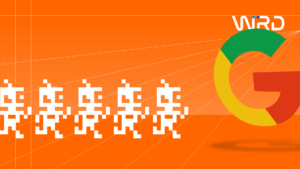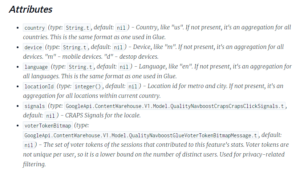The boundaries and factors affecting SEO and CRO are constantly changing with the advent of new technologies, changes in Google algorithms and new trends in marketing. One dynamic which has always been central to optimisation is Web content. Even more so now as Google penalises site owners who fill their own websites with thin text and articles, or post filler articles to gain extra links (for more information see our article on the release of Panda 4.1).
“Content is King” has been the cry from wannabe scribes since the invention of the internet and now more than any other time quality content really is essential for powerful CRO. Also designers and writers alike have campaigned the high importance of typography. In other words the vehicle that tells the story is as important as the substance of the article.
A recent project by clicklaboratory.com set up a test whereby they revamped their client’s website with just two minor changes to the text. The font was larger and there was increased spacing. They found this change alone:
- Reduced bounce rate by 10%
- Reduced exit rate by 19%
- Increased pages per visit by 24%
- Boosted conversion rate by 133%
Why are fonts important?
We are blessed nowadays with hundreds of different fonts to choose from. This can be a great advantage and it can also cause quite a problem. When website owners use many different fonts throughout their site there is a loss of consistency, the brand identity becomes confused and it makes text difficult to follow and understand. So deciding which font you are going to use throughout you site (clearly there will be design factors to take into consideration and the use of fonts to highlight aspects) is paramount when designing your site initially.
What font to use?
As much as it feels cool to use those Edwardian scripts, wingdings or fonts with fancy French names they rarely have a place when creating long text on the internet. Too often their very appearance detracts from the message. The traditional internet fonts such as Helvetica, Georgia, Times New Roman, Ariel, Verdana, and Trebuchet should be fine. The more stylised fonts can be used to highlight text.
Which of the traditional fonts to use?
The fundamental differences between most fonts are whether they are serif or non-serif. A serif font is one (Georgia, Times New Roman) where there are embellishments to the basic form of the letter. It has been found that these are especially useful when creating text that needs to be understood (i.e. features and benefits) in order for conversion to take place. Conversely non-serif texts have more of an impact and so are useful for headlines.
Does your font suit your brand message?
The font itself needs to reflect your brand, profession and industry. Certain brands give a message of tradition and professionalism (Times New Roman for instance), others are casual and friendly (Cooper, Comic Sans) while others still speak of stability (Helvetica) or Modernity (Georgia).
Web fonts & conversions – Does size matter?
Our wives have always assured us it doesn’t but on the internet it does. A good average rule to go by is the 12 point rule. A study by Wichita University paralleled those most popular size fonts (10, 12 and 14) to find which was most effective. They found 12 point was faster to read and easier to comprehend.
Is there enough space?
As pointed out in the test by clicklaboratory.com line spacing helps comprehension which is so important when reading from a computer screen and so ultimately can lead to higher conversions.
Overall, consistency is important – stick to one of the traditional fonts if possible. Use serif for comprehension, 12 point for body text size, remember line spacing and ensure the font reflects your message.



